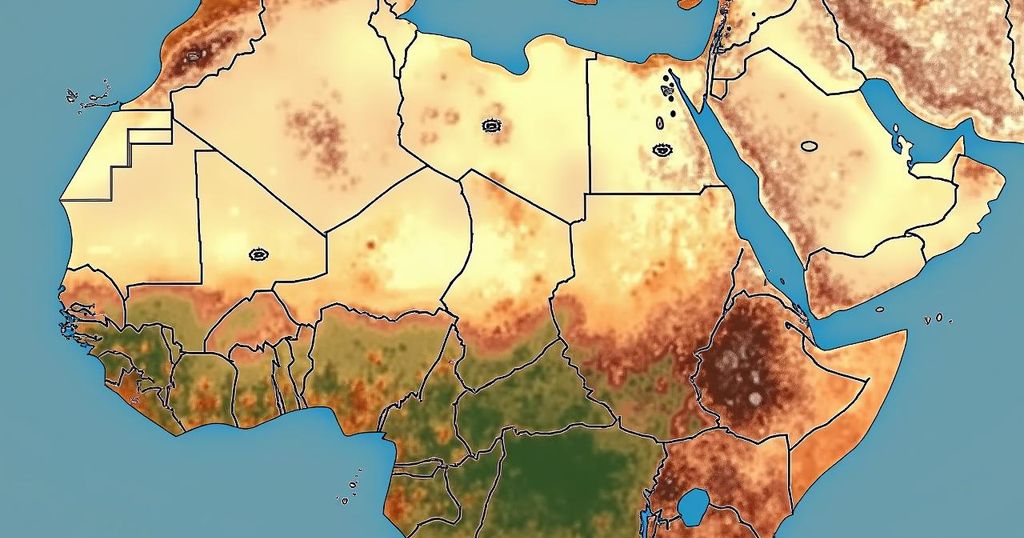Flood and Drought Displacement Risk in the Horn of Africa: An In-Depth Analysis

The report highlights that since 2008, floods have caused over 185 million internal displacements globally, with Africa accounting for about 29 million. The study focuses on the Horn of Africa, introducing a novel flood displacement risk model under the HABITABLE project. This model estimates future displacement risks through innovative vulnerability assessments and advanced statistical methodologies, indicating potential increases in average annual displacement (AAD) by up to fourfold or more, especially in pessimistic scenarios. The findings aim to guide policymakers in formulating effective risk reduction strategies.
This report details the significant challenge of internal displacement due to flooding in the Horn of Africa, specifically in Sudan, Ethiopia, and Somalia. Since 2008, there have been over 185 million displaced individuals globally as a result of floods, with Africa experiencing approximately 29 million of these displacements, making it the second most affected continent. To address this pressing issue, a new flood displacement risk model has been introduced, developed under Work Package 3 of the HABITABLE project. This innovative model aims to provide calibrated predictions of future displacement patterns, facilitating the creation of effective policies. Central to its methodology is a comprehensive vulnerability assessment that incorporates crucial factors often neglected in traditional risk assessment models. These factors include the direct effects of floods on housing and livelihoods as well as the indirect effects on essential infrastructure and services. Employing a probabilistic framework, the model integrates climatic, hydrological, and hydraulic data to estimate the impacts that lead to displacement. The study employs advanced technological methods and a distinctive vulnerability assessment to quantify displacement risk, measured through the average annual displacement (AAD) and probable maximum displacement figures. The findings suggest that the AAD may increase by two to four times under current and future climate scenarios. Pessimistic scenarios indicate an even more alarming potential increase, with risks in Sudan projected to escalate by as much as ninefold. Such information is vital for national and subnational disaster risk reduction plans, aiding in identifying regions vulnerable to extensive displacement. Armed with this information, decision-makers can engage in risk-informed initiatives aimed at preventing and mitigating the adverse impacts of displacement. In conclusion, the report emphasizes the necessity of comprehensive policies and strategic frameworks to better manage flood-induced displacement risks and safeguard affected populations.
The topic at hand addresses the serious issue of internal displacement caused by flooding in the Horn of Africa, a region significantly impacted by both climate change and extreme weather events. Internally displaced persons (IDPs) often face severe challenges, including safety concerns, loss of livelihoods, and inadequate access to essential services. This report is particularly crucial as it highlights the substantial number of individuals affected by flooding and introduces a novel risk model aimed at understanding and mitigating these impacts more effectively. With the continued threat of climate change, understanding displacement risk has never been more urgent, especially in regions like the Horn of Africa, where vulnerability to flooding is acute.
This detailed study highlights the alarming rate of internal displacement due to flooding in the Horn of Africa and the necessity for robust predictive models to anticipate future displacements. The introduction of a new flood displacement risk model offers vital insights that can inform both national and regional disaster risk management strategies. By emphasizing a comprehensive approach to vulnerability assessment, the findings underscore the importance of proactive planning and intervention to protect vulnerable populations from the increasing threat of climate-induced displacement.
Original Source: reliefweb.int






